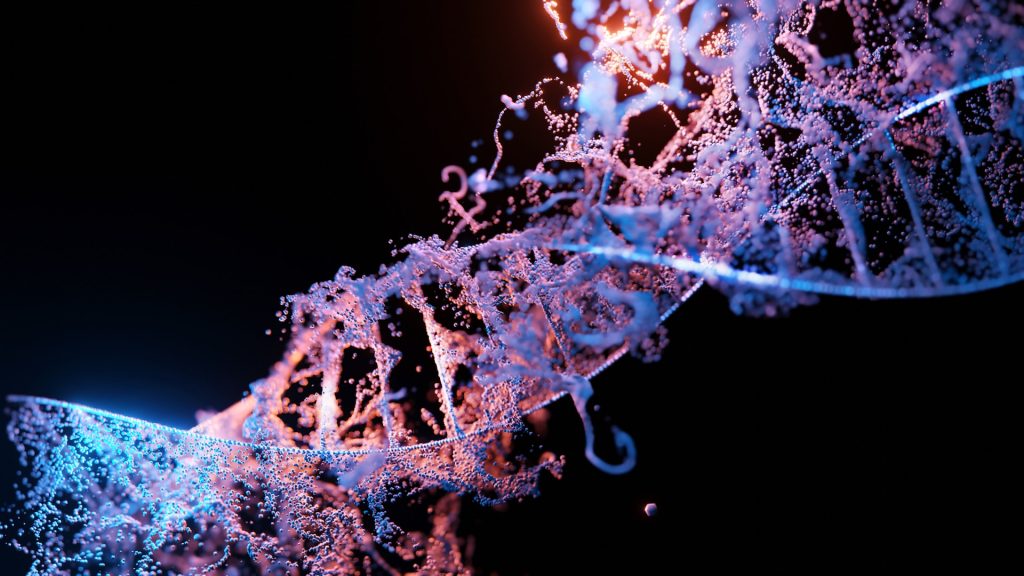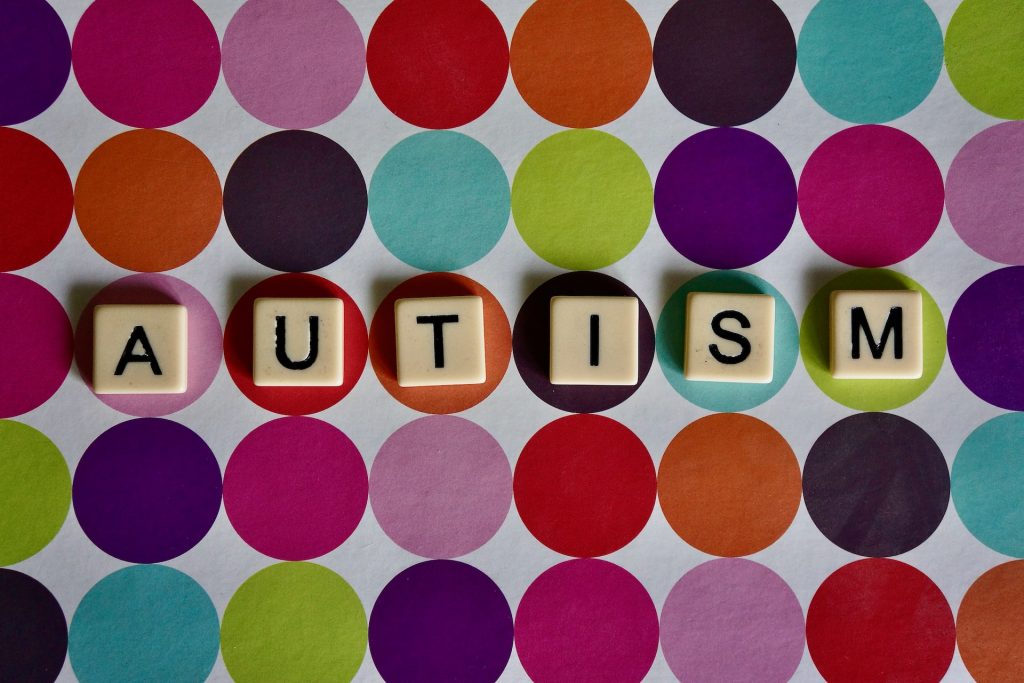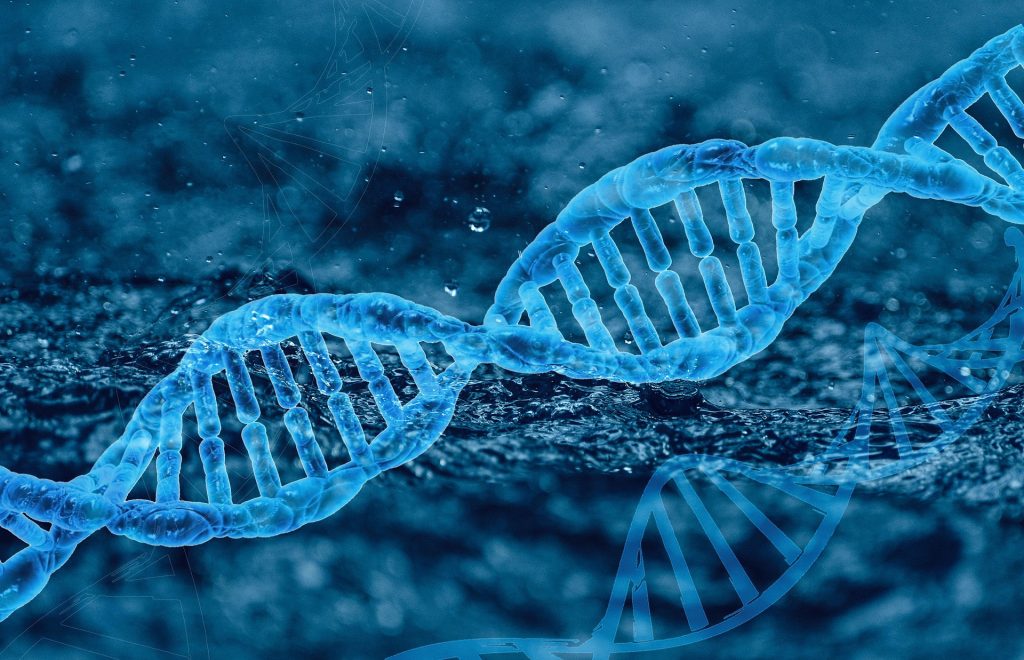Challenges in Caring for Adopted Patients with Limited Family Medical History

A study based on interviews with primary care physicians has found that treating patients who were adopted is challenging due to limited access to their family medical history. The study, published in Annals of Family Medicine, also found that there was a desire by physicians to fill the information using genetic testing.
Adopted individuals often only have limited information about their biological family, or even none at all, complicating their treatment. The growing availability and popularity of direct-to-consumer genetic testing kits amplifies the need for physicians to be prepared to address genetic testing for adoptees with limited family medical history. To address this, the present study explored the approaches of primary care physicians when caring for adult adopted patients with limited family medical history.
In-depth interviews were conducted by the researchers, including hypothetical clinical scenarios, with 23 primary care physicians from Rhode Island and Minnesota to understand their experiences, practices, knowledge, and training gaps when addressing limited family medical history and adoption-related issues.
The researchers found that primary care physicians report knowledge gaps and receive little training or resources on adult adoptees with limited family medical history. As a result, they seek guidance around appropriate preventative screening and genetic testing. Limited interaction with adoptees compared to non-adopted patients also influenced perceptions. There was also an over-reliance on stereotypes and the danger of inaccurate media representation affecting how physicians interacted with adoptee patients. Likewise, those physicians who had experience with adoption might be at risk of over-generalising those experiences, especially given how heterogeneous adoptees are as a population.
Furthermore, the researchers found that mental illness and trauma are under-recognised and under-addressed. Care for adoptees includes trauma-informed care which can address factors such as loss, grief, identity development, and to helping adoptees in searching for biological family, reunion, or with complex family dynamics.
To make matters worse, primary care physicians often obtain family medical history imprecisely, risking miscommunication, microaggressions, and damage to the patient-physician relationship.
The findings of this study highlight the significant gaps in knowledge and training for primary care physicians caring for adult adopted patients with limited family medical history. Addressing these gaps may improve the quality of care and strengthen physician-patient relationships.
Source: EurekAlert!










